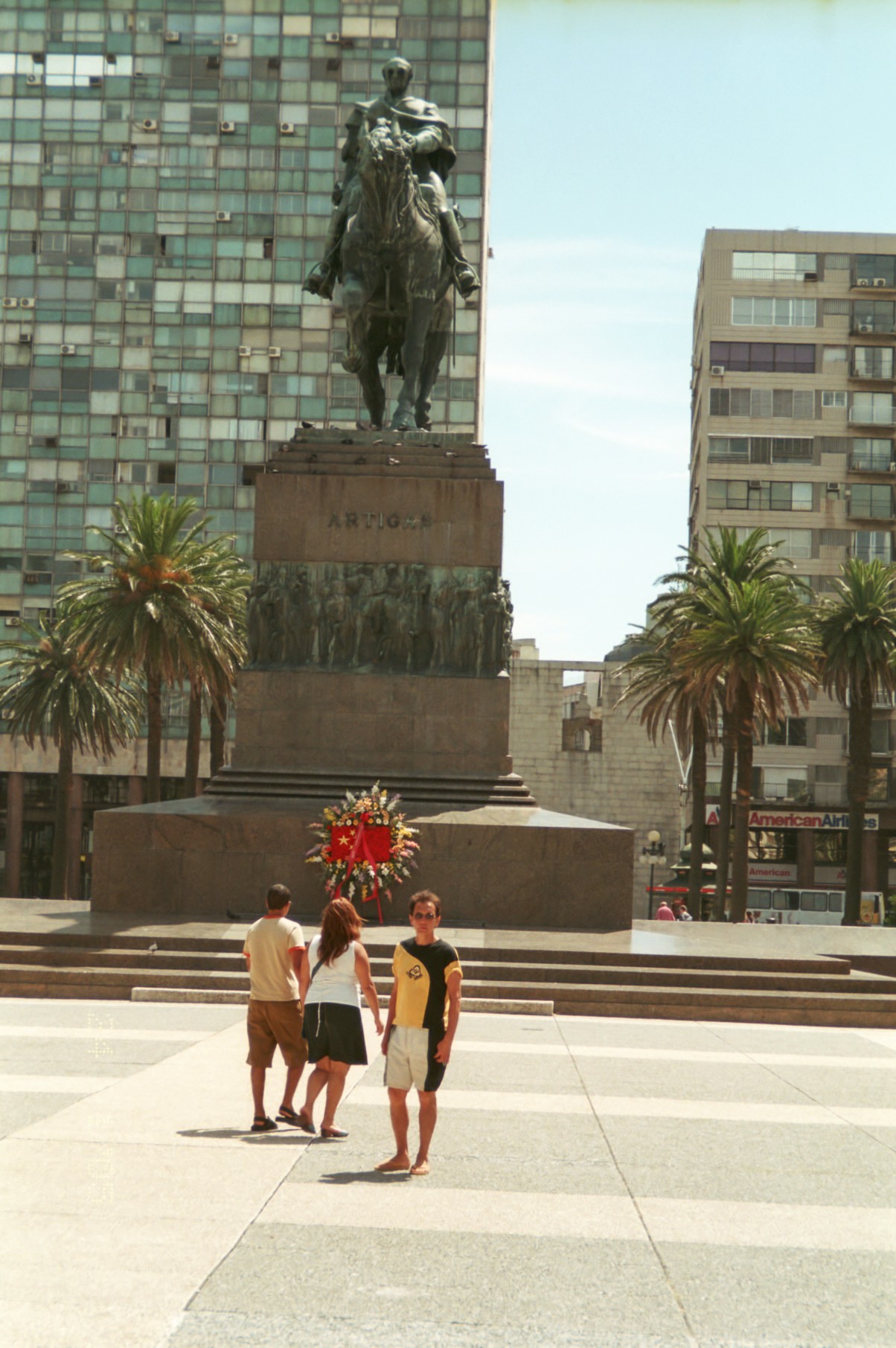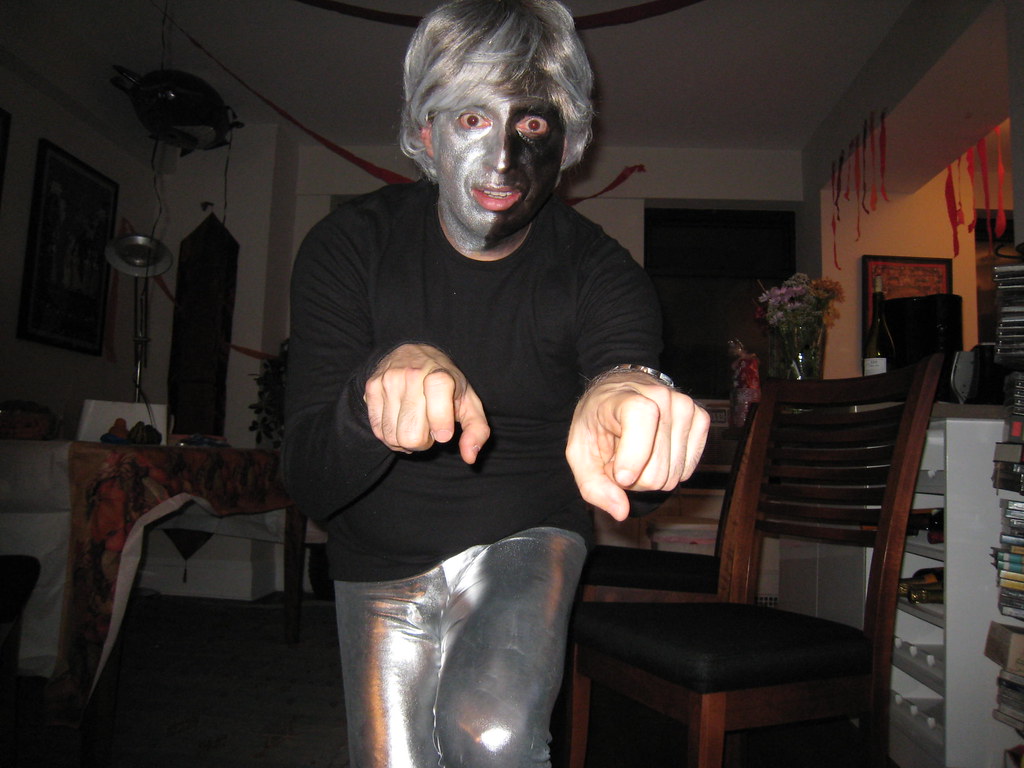Wednesday, February 09, 2005
Oriental Continental
 This afternoon, I am off to Miami, the next leg of customer visits. Today's post is the first installment of Andres' musings on, and photos of, his recent trip to the Oriental Republic Of Uruguay. That's actually this very European South American country's official name, though 'oriental' is used here in its original meaning of 'eastern' - the opposite of occidental and western. Uruguay occupies the eastern strip of the sea arm and gulf known as Rio de la Plata. (Tomorrow, we look at gay portrayals in Uruguayan literature and their influence on regional music, and cinema, but today, some basic background.)
This afternoon, I am off to Miami, the next leg of customer visits. Today's post is the first installment of Andres' musings on, and photos of, his recent trip to the Oriental Republic Of Uruguay. That's actually this very European South American country's official name, though 'oriental' is used here in its original meaning of 'eastern' - the opposite of occidental and western. Uruguay occupies the eastern strip of the sea arm and gulf known as Rio de la Plata. (Tomorrow, we look at gay portrayals in Uruguayan literature and their influence on regional music, and cinema, but today, some basic background.)
"Montevideo, capital of Uruguay, stands at the mouth of Rio de la Plata, and is the country's industrial and commercial center. Its population in the early 19th century was scarcely 300,000, but today, with its suburbs, it stands at 1.5 million, roughly half the country. (Pictured left is Andres in front of the monument to José Artigas, Uruguay's liberator and national hero. ) Right beside colonial buildings such as the Cabildo stand modernist architectural gems such as Congress, the University, the Customs House, and the Clinic Hospital. This hospital today also performs sex-change operations, which are still illegal in Argentina. Beautiful parks, like Rodó, Battle, and Ordoñez, act as the city's lungs. Founded in 1726, Montevideo has an excellent port and is among South America's most beautiful and interesting capitals."
 "Perhaps Uruguay's greatest luminary was José Henrique Rodó (pictured left), writer, thinker, and humanist, who lived from 1872 to 1917 and wrote "Ariel", "The motives of Proteus" and "Men of America." Rodó eventually embraced idealism, and began South America's best modernist poet and one of its greatest intellectuals. "
"Perhaps Uruguay's greatest luminary was José Henrique Rodó (pictured left), writer, thinker, and humanist, who lived from 1872 to 1917 and wrote "Ariel", "The motives of Proteus" and "Men of America." Rodó eventually embraced idealism, and began South America's best modernist poet and one of its greatest intellectuals. "
Cartoon!

this entry's permalink
Comments:
Post a Comment

